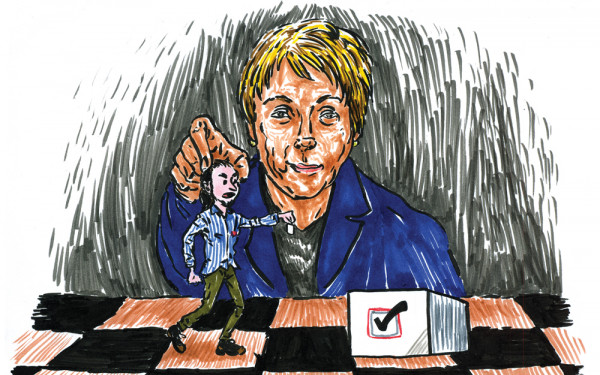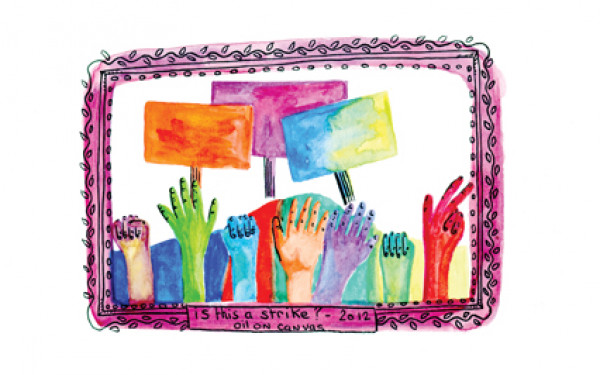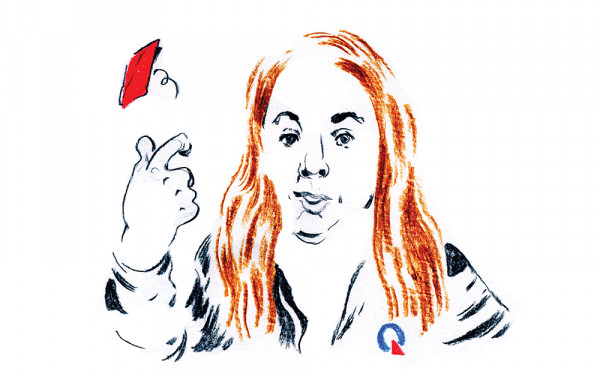Researchers Take Close-Up Look at Maple Spring
Study Finds Selfless Trend in Protesters’ Motives
One year after the largest student movement in Canada’s history, studies are looking into who was actually protesting, and what they wanted out of the Maple Spring.
A research group led by McGill professor Dietlind Stolle has been analyzing data from a survey completed by university students in Montreal. Questions included what the surveyed student’s stance was on the tuition hikes proposed by Jean Charest’s Liberals and how they demonstrated it, as well as collecting data on whether the student worked, paid rent, was in debt or paid for their own education.
The survey was sent out through the official email services at McGill, Université du Québec à Montréal and Université de Montréal soon after September’s provincial elections, with 15,491 students completing it.
Respondents who marked that they came from a family with above the Quebec average income were likely to support the tuition increase, however the survey also indicated those who gave that same response would also attend protests more frequently.
“These two results go in opposite directions, but in a sense it also means these students were not necessarily protesting out of their self-interest,” said Eva Falk Pedersen, a Masters political science student at McGill who is part of the research team.
This finding puts a different spin on the argument often heard last year by those supporting the hikes: that students were hypocritical in complaining about the increase of $325 per year while buying smartphones and cigarettes.
“These two results go in opposite directions, but in a sense it also means these students were not necessarily protesting out of their self-interest.”
—Eva Falk Pedersen, McGill Masters political science student
“Using the relative deprivation model, we also saw that students with debt, living in apartments and working while going to school were more likely to attend a protest,” said Falk Pedersen.
However, the study also yielded results showing the more a student paid for their own education costs, the less likely they were to protest.
“That could be a question of not having the time, because you’re probably working,” said Falk Pedersen. “But there can also be that underlying idea that they’re self-sufficient, so others should be too.”
In total, 48 per cent of respondents “participated in some sort of protest activity,” made up of 55 per cent of UQAM students, 48 per cent of UdeM students, and 23 per cent of McGill students.
In addition, 55 per cent of protester respondents felt threatened by police, while three to four per cent were detained or arrested. In total, 382 protesters were arrested under the Criminal Code, and 1,711 detained for municipal infractions during the Maple Spring, as reported by La Presse.
The research group, which also includes UQAM’s Allison Harell and UdeM’s Pascale Dufour, presented their findings at the Congress of the Humanities and Social Sciences in Victoria last week, titled “Maple Spring Up Close.” The group will continue to develop their conclusions throughout the summer.

_900_599_90.jpg)
_600_832_s.png)

_600_375_90_s_c1.jpg)


